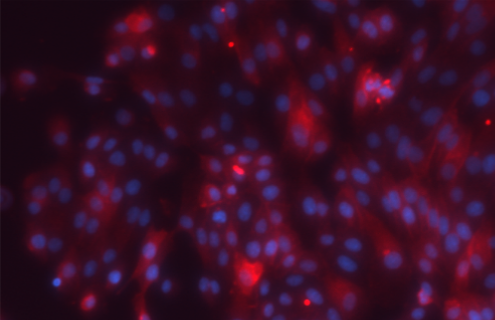
In drug research and development, there is growing interest in solute carrier kidney transporter proteins and the important role they play in the absorption, distribution, and elimination of a wide variety of drugs from the kidney and other organs.
Researchers need in vitro kidney transporter models that have normal human kidney origin, functioning transporters, clinical predictability, and consistent data output for drug interaction studies. Unfortunately, primary renal epithelial cells lose OAT1, OCT2, and OAT3 transporter expression quickly in culture.
By utilizing hTERT-immortalized primary renal proximal tubule epithelial cells (RPTECs), ATCC has been able to create kidney transporter cell models that stably overexpress either the OAT1, OCT2, or OAT3 gene, and maintain routine primary physiology with the proliferative capacity of a continuous cell line.
Solute Transporter Carriers in Drug Screening

Renal Solute Carrier Models Maintain Transporter Expression
Modified renal epithelial cell lines maintain kidney transporter expression over time and provide physiologically relevant data regarding human kidney transporter functions. These models are valuable tools for high throughput kidney drug toxicity screening to test the effects of exogenous compounds on renal membrane transporter function.
See the Data
A New Model for Drug Toxicity Studies
hTERT-immortalized RPTEC stably overexpress either the OAT1, OCT2, and OAT3 gene. These modified cell lines are very useful tools that provide kidney tissue-relevant results, improved consistency over time, and more predictability for clinical trials versus current models.
Download the Presentation